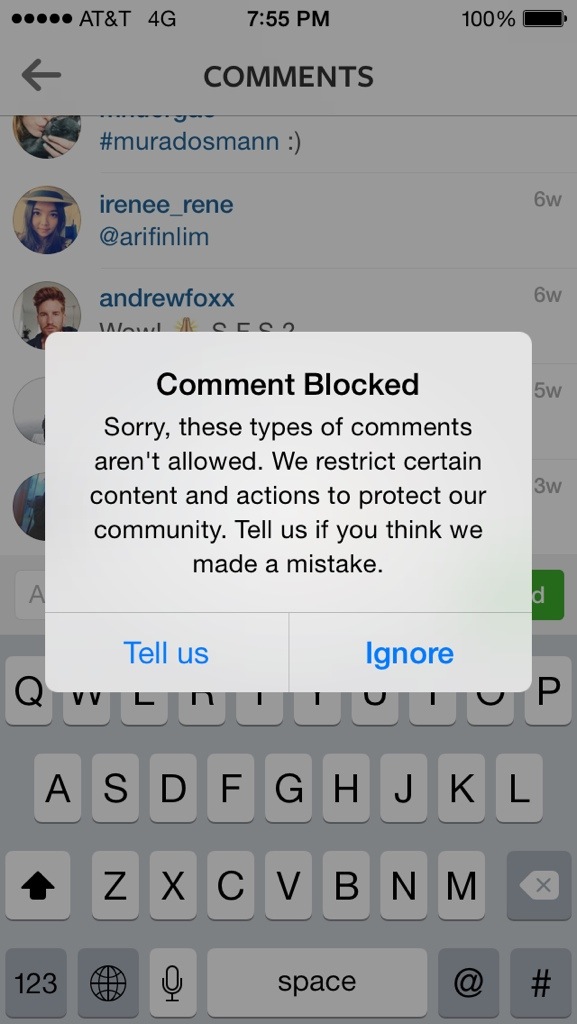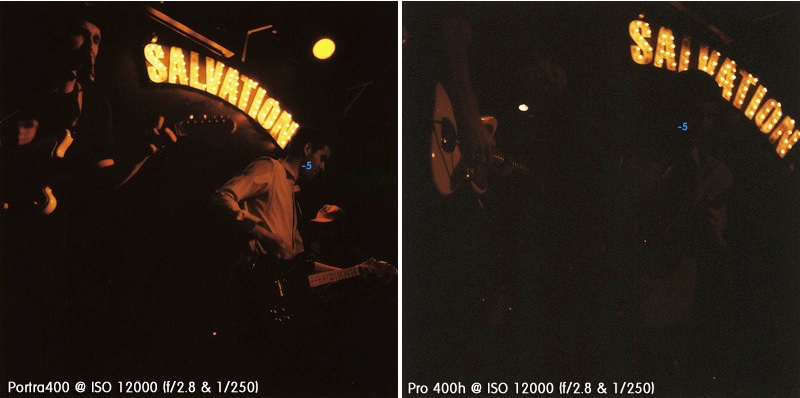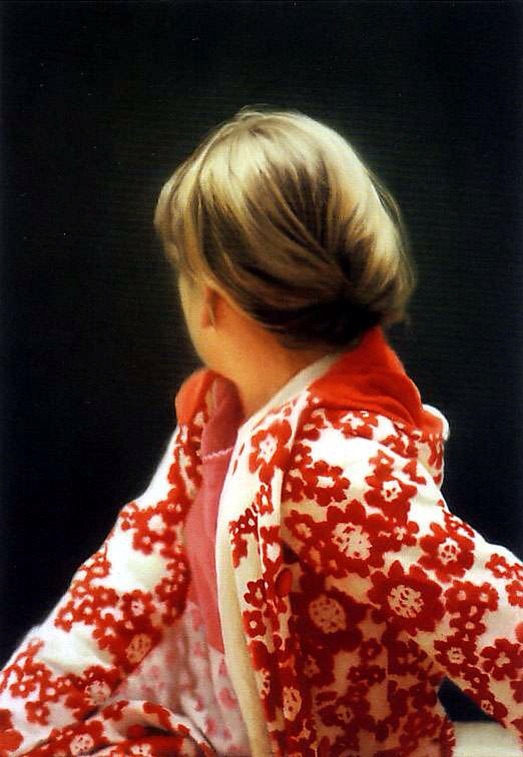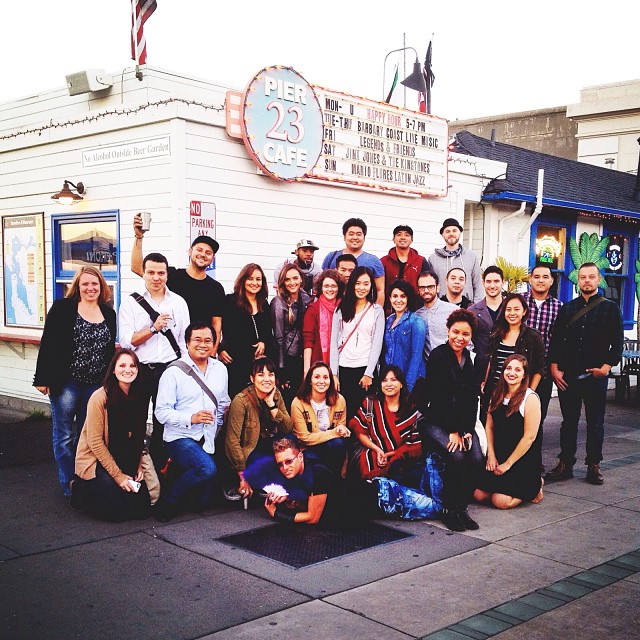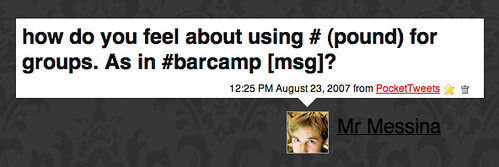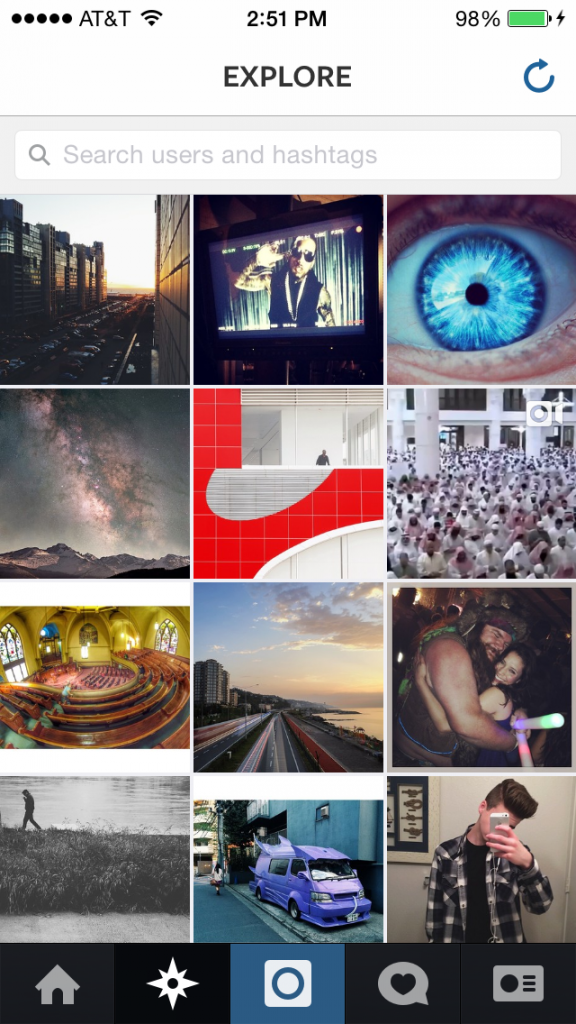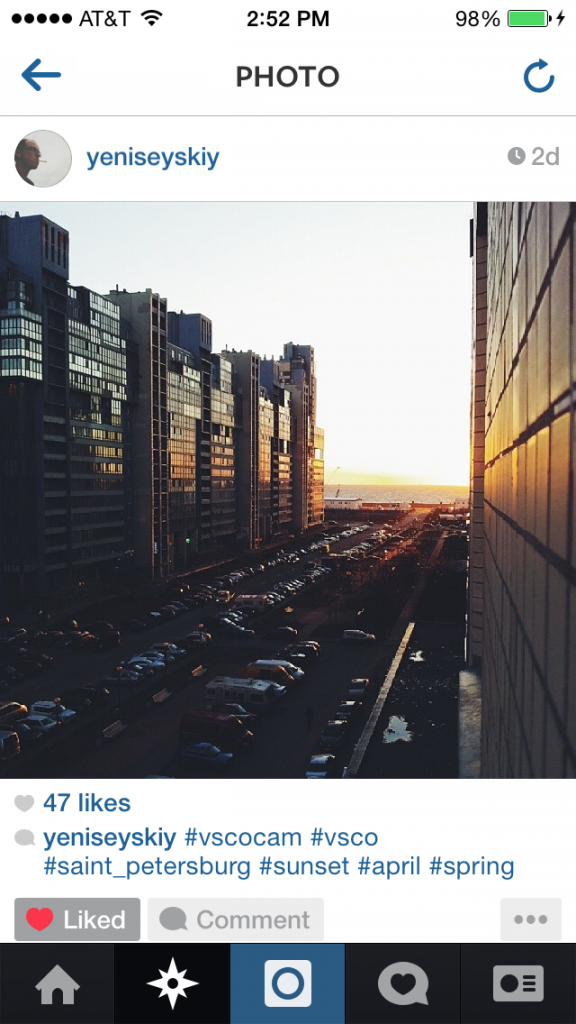A photographer produces photographs. These can be sold, and if you sell one, you are a professional photographer. Photography is a trade. A photographer uses sales and marketing skills (now often in the form of social media) to sell photographs. What Instagram makes you forget is that photographs are used by brands to sell.
Many Instagrammers are the unwitting branders, marketers and sellers for companies that make millions, and they all do this for free.
Instagram is a private enterprise. If you have photographs that are at odds with their TOS, they can – with totalitarian silence – remove you from the “community.”
If you feel someone in the IG “community” was very nice to you and then backstabbed you, and they do photographs related to brands, it is because how paid social marketers are in Instagram is the same way actors are in Hollywood. They have a nice side they show to the world, but they are ruthless in order to get the fame and wealth they want.
What is the optimal strategy then? Personally, I do not think people who do Instagram or photography for a living are really happy, or are artistically satisfied. As a professional social media marketer on Instagram, your client wants photos of rather ordinary stuff, *and* puts you in conditions with crappy lighting, *and* wants those Instagrams *NOW*. The optimal strategy is finding something that supplements your *real* photography which has standards outside of likes and follows.
I was inspired to write this piece based on what Ken Rockwell wrote as well as Jenn Herman whose latest blog post shows that there are 3 types of Instagram accounts: brand, business and personal. The key to being happy is knowing which kind of account you are running. You cannot be all 3 without running into conflict, e.g. you can’t have a personal account be fully authentic without sometimes coming into conflict with your account as a brand. The brand will always demand a message for marketing.
If you are not running a personal account, and you are in America, Instagramming as a social media marketer means presenting happy, fantasy images with sublime landscapes of a mostly middle-class and young America that does not exist, so that capital can move. (Most young people are poor here and have been since the Great Recession.)
Photography has always depended on spaces like Instagram. It has also always depended on public spaces, too, like museums. But more and more photography is being oppressed by capital and law enforcement. Lots of young photographers think street photography is illegal, which it’s not in the United States. Many police officers treat photographers as criminals. The thing to ask is, “Who is your photography serving? God? A state police? A free peoples?”

